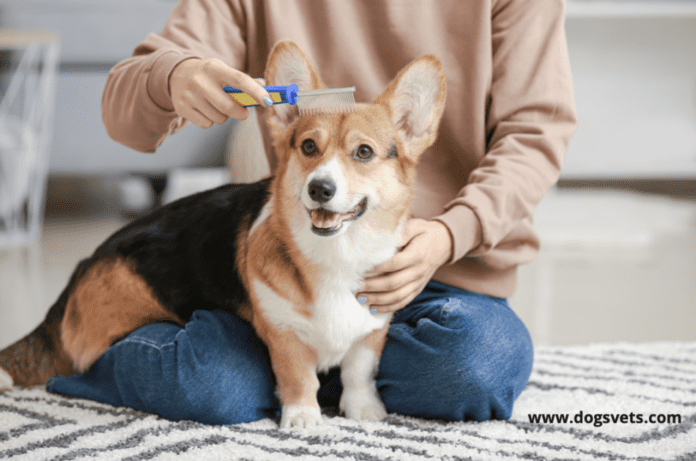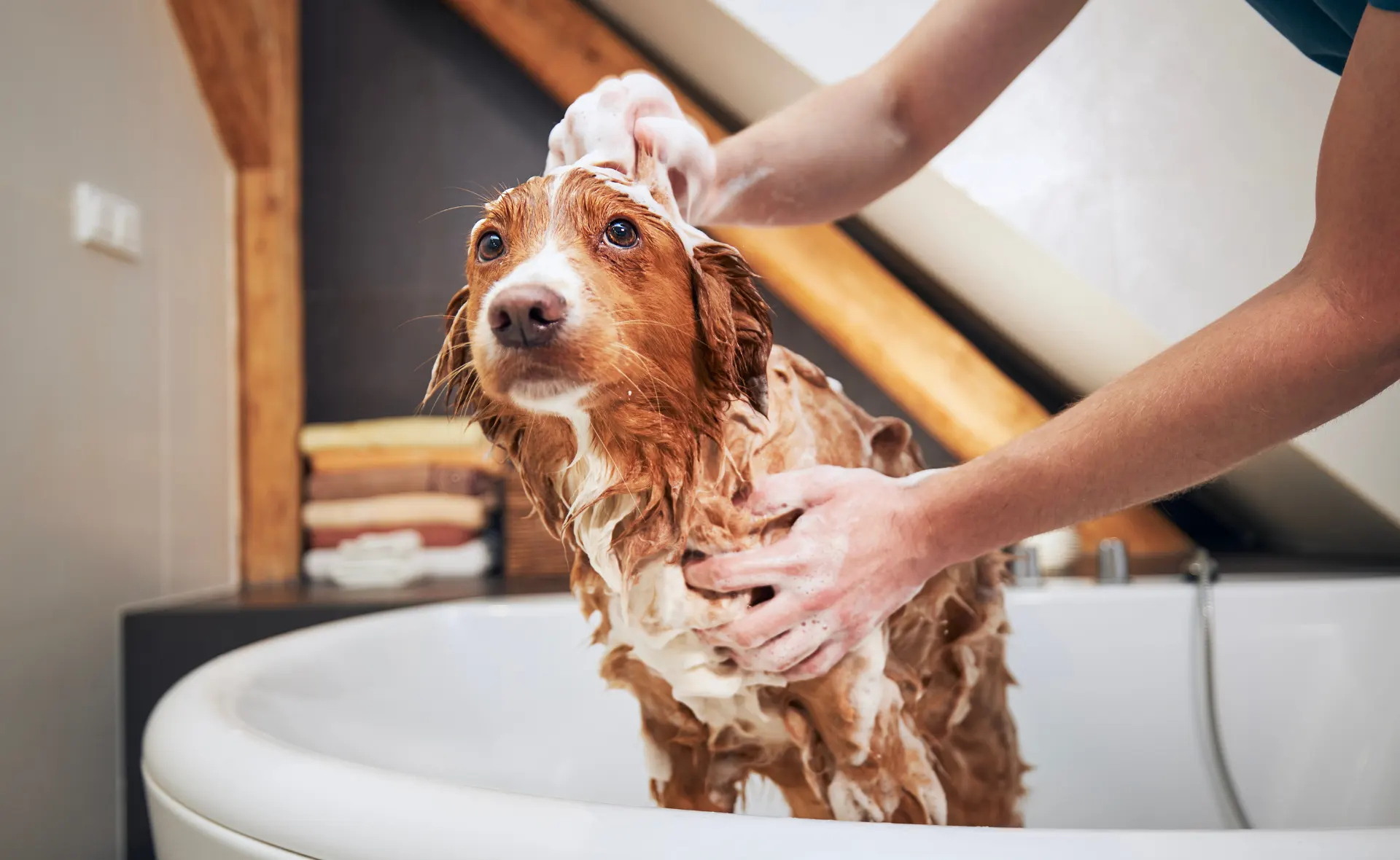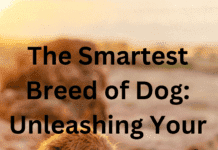Last Updated on July 23, 2022 by Dogs Vets
5 Simple Ways to Groom a Dog That Hates Being Brushed
Grooming your dog helps maintain their healthy coat and skin because it reduces the grease level in their coat.
Brushing alone helps ventilate their coat, so it grows healthy and strong, free from old damaged hair. With challenging dogs, regular grooming sessions become an uphill battle.
The scenario may end up with the dog trying to hide whenever he sees a brush—or worse, the dog becomes aggressive, and the owner gets bitten.
So, if your dog hates being brushed, simply take a slow and gentle approach. Do the brushing with empathy and understanding—and lots of treats! Take the process slowly until your dog is finally convinced that brushing is not as terrible as he thinks.
How do you get your dog used to being groomed? Here are some helpful ways to teach your four-legged friend that brushing is a good thing—and one they will enjoy!
1. Create a calming environment for your brushing episode
Make your dog comfortable by putting them on something they feel safe, like their bed. To make your dog feel much safer, sit right next to him. Your dog should feel relaxed and comfortable.
2. Make sure to get the right brush
Sometimes dogs refuse to get brushed because the brush you are using might be painful on their skin. Picking the right dog brush should be based on the type of fur or coat your dog has. Depending on their breed, dogs have either a long coat, short coat, or curly coat.
Mastiff, Daschund, Beagle, and Rhodesian Ridgeback are among the short coat breeds. This coat needs a bristle brush and de-shedding brush since tangling is not an issue for short-coated dogs.
3. Brush Your Dog After a Long Walk
Sometimes, the best time to start brushing is when they look tired and sleepy after a long walk.
You can also try brushing them after an intense playing session. Dogs won’t likely have as much of an urge to attack (playfully) or play with the brush when tired—especially if they are puppies.
4. Make Brushing a Positive Experience
While some dogs enjoy a good brushing session, some go berserk at the sight of a grooming brush! Perhaps they do not understand what is going on yet, and it’s okay.
How you will react and handle the situation is what matters. If brushing is not done right, your dog’s experience could be displeasing and, worse, traumatizing. But don’t fret; your dog is not destined to have messy, matted hair forever. It just calls for the right measures—and a lot of patience!
You can start by introducing the brush to your dog. Have him sniff the brush so he’ll become familiar with it. Then offer a treat. Do this a few times. Again, it takes patience.
When do you move on to proper grooming?
5. Use the Mark and Reward method
Once your dog is at ease at the sight of the brush, offer another treat to get his attention away from you; then swiftly touch his body with the brush.
If your dog did not mind and showed no reaction to being touched with the brush, do a few brush strokes gently. Compliment your dog by saying “good!” then offer a treat.
The Best Dog Breeds For Children
Brush one small area at a time. To avoid annoying your dog, focus on areas that are easy to reach with the brush. Brush on one side of his body if he is lying on the other.
Continue brushing on small areas. Don’t forget to give your brush-hating dog a treat every few brush strokes—and compliment. It’s just a simple marking and rewarding. You mark the good behavior by complimenting him and offering a treat as a reward.
If your dog tolerates you while brushing, use a treat to shift their position so you can reach more areas that need brushing. Don’t forget to mark their good behavior when you offer them a treat!
Before you know it, grooming sessions will be his new favorite bonding time!
Final Thoughts
We hope you enjoyed this article… What are your thoughts?
Pls feel free to share this article!

















